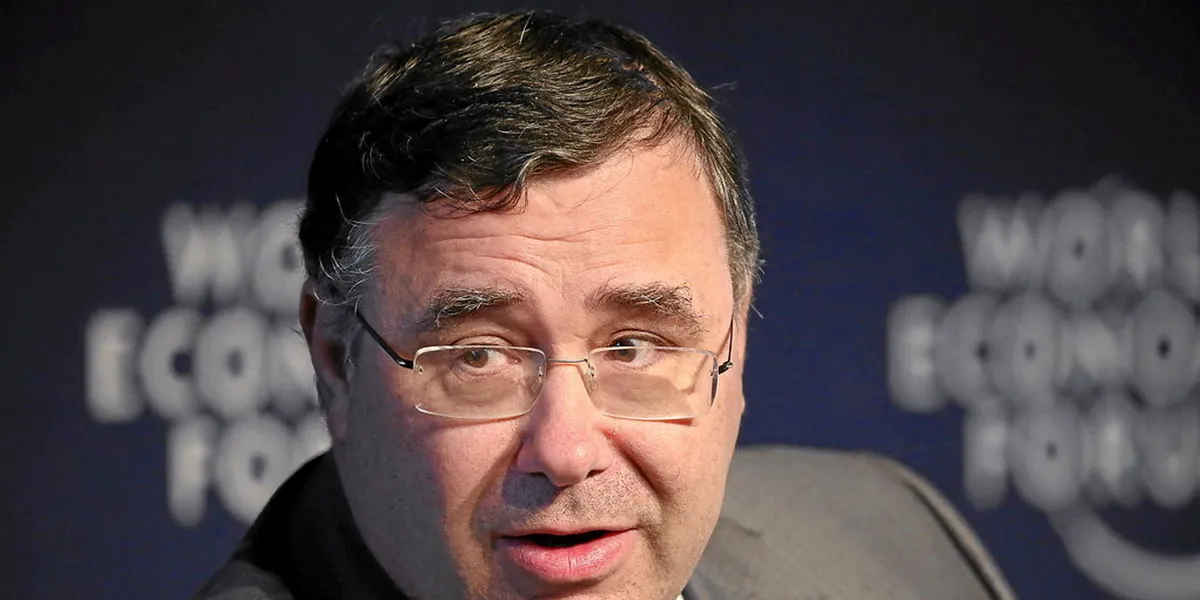
TotalEnergies CEO Patrick Pouyanné has lambasted the EU’s target to use 20 million tonnes of green hydrogen by 2030 as “impossible” based on current costs and the relative infancy of electrolyser technology.
“For hydrogen, [the cost of] grey hydrogen to blue hydrogen is 1:2, to green hydrogen it’s supposed to be 1:3,” he said at a recent special meeting of World Economic Forum.
However, TotalEnergies is currently running a tender for 500,000 tonnes of renewable H2 for use in its refineries, and the prices that have emerged are much, much higher.
“If we get the 500,000 tonnes on an average of €8 [$8.57] per kilogram — this is more or less the average of the offers, so it’s not €3 or €5. Don’t dream: today it’s €8, and €8 for the best,” he said.
“If I’m paying €8 per kilogram, compared to €1 [for grey hydrogen], you know there is something to be absorbed,” he added.
However, Pouyanné noted that the tender is viable due to Europe’s Emissions Trading System, which not only charges industrial emitters per tonne of CO2, but also awards free allowances for green hydrogen producers.
“If a refinery is using green hydrogen and replacing this grey hydrogen, not only I will avoid [paying] the tax [of] $100 per tonne, but on top of it, in fact I have a double credit, so the crediting system allows me potentially to pay probably €7-8/kg, and to initiate the market,” he said.
However, the oil major CEO added: “To be clear, there is no way to really have the cost down on green hydrogen if only these niche markets, I would say the hard-to-abate industry, refineries, etcetera, is targeted. If we don’t have a market for hydrogen for transportation, it will be very difficult to scale the cost down.”
“That’s not a given at all, because the more I’m looking [at] the evolution in transportation, [it is clear that] electricity, batteries are making huge progress for EVs, even for trucks, so what will be really the place, the space for hydrogen?”
Pouyanné pointed out that TotalEnergies plans to prioritise investment into biofuels because green hydrogen-based fuels for aviation are unlikely to take off until between 2035 and 2040.
Governments should reconsider whether their targets are realistic, he argued.
“Honestly, I don’t know how these targets have been set — 10 million tonnes, 20 million tonnes, probably they don’t understand what they speak about,” he said, referring to the EU’s domestic production and consumption targets for green hydrogen by 2030.
The oil company CEO added that the largest electrolyser project yet installed — the 260MW Kuqa project — is only capable of producing 50,000 tonnes per year, and that a 1GW green hydrogen facility has never been built, describing the technology as “quite immature”.
“Let’s recognise that we are at infant stage and stop talking about 10 million tonnes, 20 million tonnes,” he said.
He added: “Probably we’ll not reach the target by 2050 but it’s not a problem itself, it’s more important to really making steps and spending the money economically for customers to get affordable clean energy.”
However, it is unclear whether the 2050 target Pouyanné refers to is Europe’s net zero goal for that year, or for the share of H2 in the energy mix to be 13-20%.


